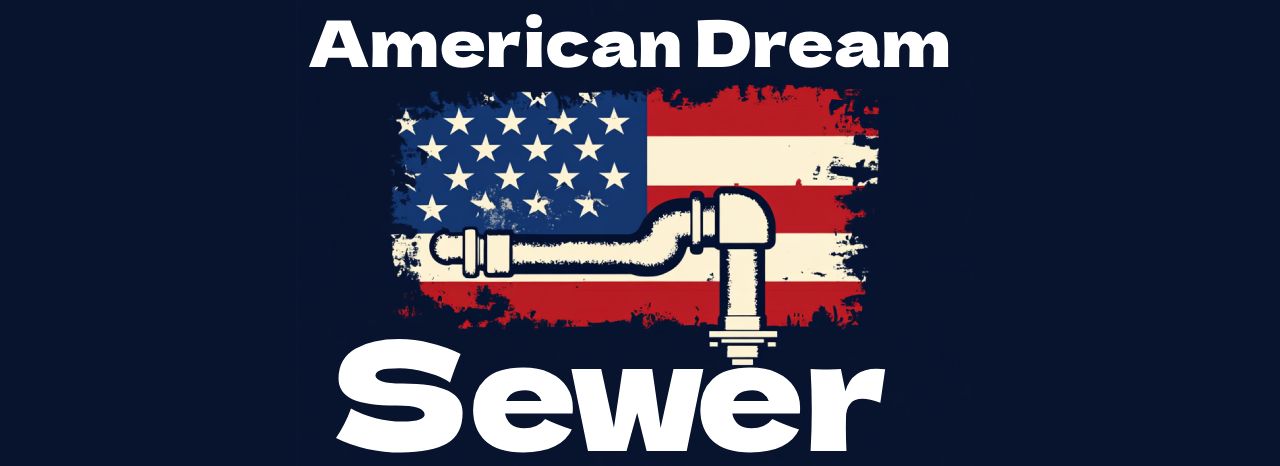Essential questions for sewer line repair services should focus on the contractor's experience and qualifications in sewer line repairs. Inquire about their diagnostic methods, such as video inspections and smoke testing, as well as their proficiency with various pipe materials. Understand the estimated timeline for completion and receive a detailed written estimate outlining costs, including potential extra charges. The interplay of these factors is vital; further details will enhance decision-making for effective sewer line solutions.
What Experience and Qualifications Do You Have in Sewer Line Repairs?
What qualifications should one expect from a plumber specializing in sewer line repairs? A professional plumber must possess specific experience in sewer line repair, particularly with various pipe materials and prevalent issues such as tree root invasions and blockages. Verification of appropriate licensing, bonding, and insurance is essential to guarantee legal and safe operations within the locality. Additionally, potential clients should request references to assess the plumber's work ethic, customer satisfaction, and problem-solving capabilities in complex situations. A qualified plumber should demonstrate proficiency in advanced techniques like trenchless repairs, which can greatly reduce disruption and costs. Moreover, the utilization of modern inspection technologies, such as video inspection, is critical for accurately evaluating the condition of sewer lines before and after repairs. These qualifications collectively contribute to a plumbing service that prioritizes efficiency and excellence in sewer line repair.
What Diagnostic Methods and Technologies Do You Use?
How do plumbing professionals guarantee accurate diagnoses of sewer line issues? They employ a variety of advanced diagnostic methods to effectively identify issues before initiating sewer line replacement or repair services. Video inspections utilize waterproof cameras to capture real-time visuals of the sewer line's interior, allowing for precise detection of cracks, blockages, and root intrusions. Smoke testing introduces non-toxic smoke to reveal leaks, highlighting problem areas as the smoke escapes. Similarly, dye testing employs colored dye to trace leaks, confirming connections are secure. Hydrostatic pressure testing evaluates the system's pressure retention, identifying potential weak points that could lead to future failures. Acoustic inspection uses specialized equipment to detect sounds of leaks or blockages non-invasively. By integrating these technologies, a reputable plumbing company can guarantee thorough diagnostics, facilitating informed decision-making in sewer line repair or replacement.
What Is Your Estimated Timeline and Cost for the Repair Process?
Following the thorough diagnostic processes, the next critical aspect of sewer line repair involves understanding the estimated timeline and associated costs. The estimated timeline for sewer line repairs can vary greatly; traditional replacement methods may take several days, while trenchless techniques can often complete repairs in just a few hours. Cost considerations are similarly diverse, with traditional replacement typically ranging from $7,000 to $25,000, whereas trenchless options may cost around $200 per foot, potentially lowering overall expenses. Influential factors include the extent of damage, soil conditions, and repair site accessibility. A professional plumber should provide a detailed written estimate that includes the projected timeline and total costs, along with any potential extra charges due to unforeseen complications. Regular communication with the plumbing service is essential for setting realistic expectations during the repair process, ensuring the homeowner remains informed throughout.
Frequently Asked Questions
How Do You Fix a Damaged Sewer Line?
To fix a damaged sewer line, plumbing professionals conduct a sewer inspection to identify issues like blockages or root intrusion. Common repair methods include trenchless technology, such as pipe bursting, which replaces the damaged pipe without extensive excavation. Alternatively, traditional pipe replacement may be necessary for severe cases. Preventative maintenance and timely repairs are critical to avoid significant damage, ensuring the integrity and proper flow of the sewer line post-repair.
Does Insurance Cover Sewer Line Repair?
Maneuvering the labyrinth of insurance policies can reveal hidden pathways of coverage. Typically, standard policies may not cover sewer line repair costs unless linked to an emergency situation. Homeowners should examine their coverage limits and exclusions list, noting potential liability issues and pre-existing conditions. Some may find value in plumbing warranties or additional endorsements. Understanding the claim process is crucial, as homeowner responsibilities can greatly impact eligibility for coverage in repairs.
How Do You Inspect a Sewer Line?
Sewer line inspection techniques are essential for maintaining sewer line integrity. Common inspection tools include video camera inspections, which allow for real-time visualization of blockages and signs of damage. Additional methods like smoke and dye tests help identify leaks, while hydrostatic pressure tests assess structural stability. Professionals recommend regular assessments to guarantee timely maintenance, as frequent inspections can prevent costly repairs and enhance the system's lifespan, ultimately safeguarding public health and the environment.
How Long Does It Take to Fix a Main Sewer Line?
When evaluating a main sewer line repair, plumbing professionals typically conduct a damage assessment to determine the repair duration. For instance, a case involving a simple blockage might be resolved in a few hours using trenchless techniques, while extensive damage could necessitate traditional excavation methods, extending the timeline to several days. Emergency repairs may vary further, with service estimates influenced by factors such as accessibility and weather conditions. Each situation requires tailored plumbing services to guarantee efficiency.



